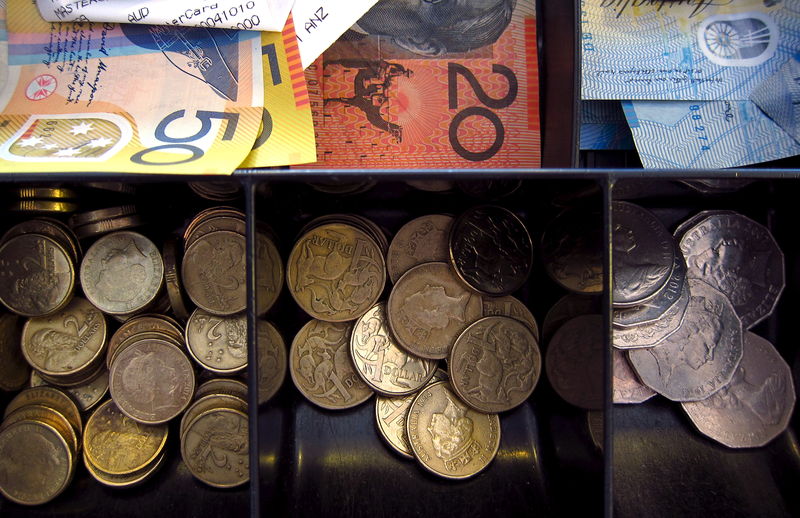HSBC has maintained a bearish stance on the currency pair, citing its three-month underperformance. This comes as the Reserve Bank of Australia (RBA) governor Michele Bullock continues to keep rates steady despite potential future monetary tightening. The Australian dollar has depreciated against a robust US dollar amidst a negative risk sentiment, making AUD/USD the weakest performer among G10 currencies this quarter.
HSBC’s pessimistic forecast is anchored on four key factors. Firstly, the diverging interest rates between Australia and the US have played a significant role in the currency pair’s performance. While Australia’s central bank has kept interest rates steady, the US Federal Reserve has been hinting at potential rate hikes, making the US dollar more attractive to investors.
Secondly, China’s stagnant real estate and commodities market have influenced the Australian dollar’s performance. As a major trading partner of Australia, any slowdown in China’s economy could have a significant impact on Australia’s currency.
Thirdly, the burgeoning yield and economic advantage of the US have contributed to the AUD/USD’s underperformance. The US economy has been showing signs of strong recovery from the impacts of Covid-19, leading to increased investor confidence in the US dollar.
Lastly, Australian superfunds adjusting their hedging strategies in anticipation of further AUD depreciation have also affected the currency pair’s performance. These funds are preparing for potential losses from further depreciation of the Australian dollar against the US dollar.
Based on these dynamics, HSBC anticipates sustained bearish trends for AUD/USD. It remains to be seen how these factors will continue to influence the currency pair’s performance in the coming months.
This article was generated with the support of AI and reviewed by an editor. For more information see our T&C.
Read the full article here










